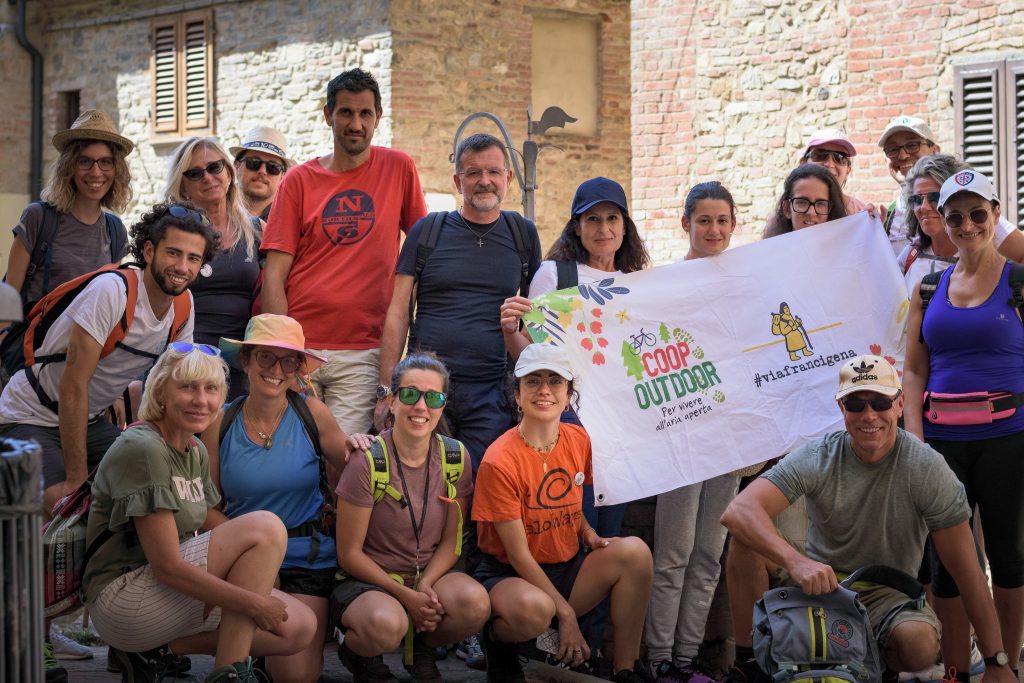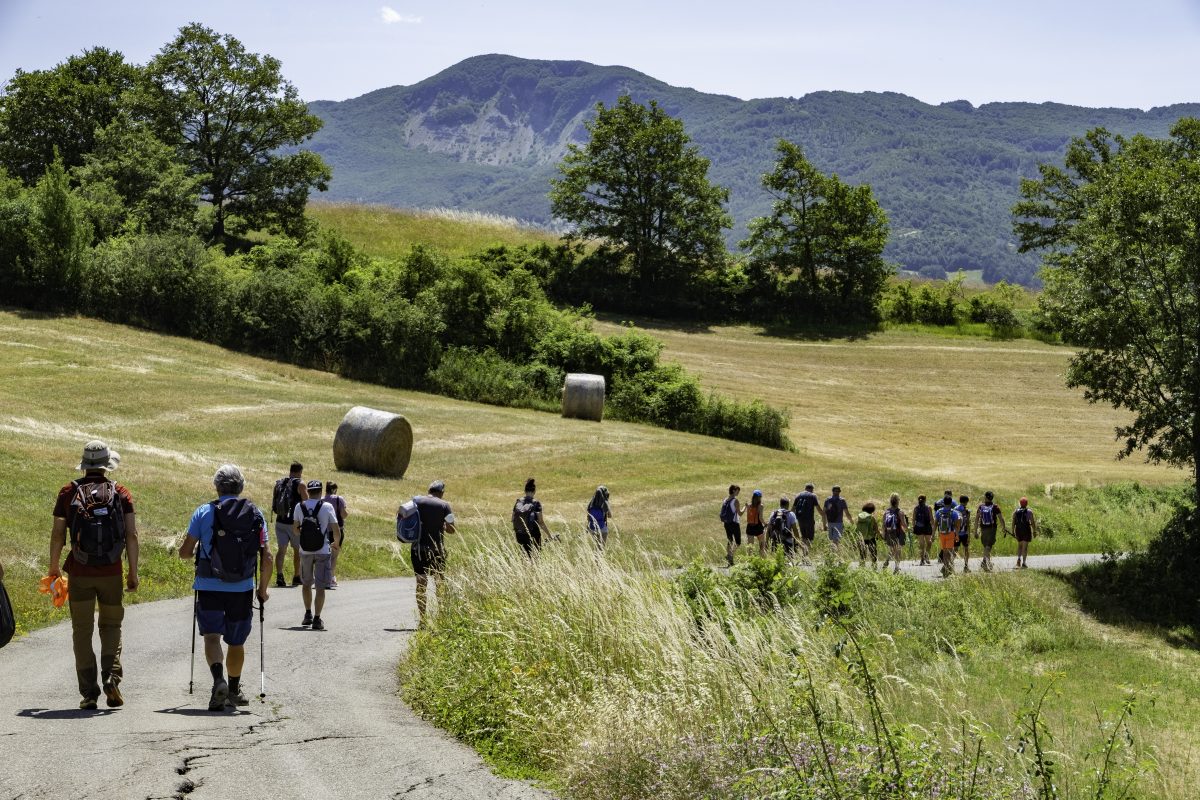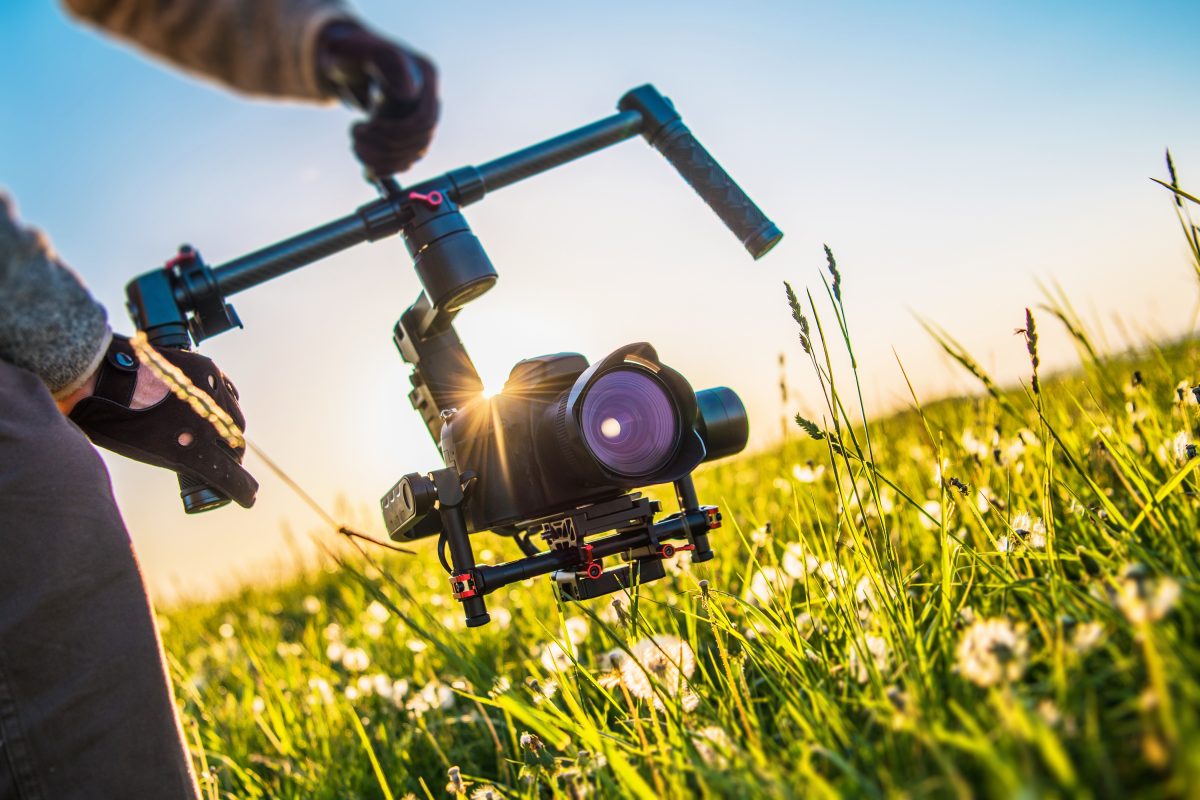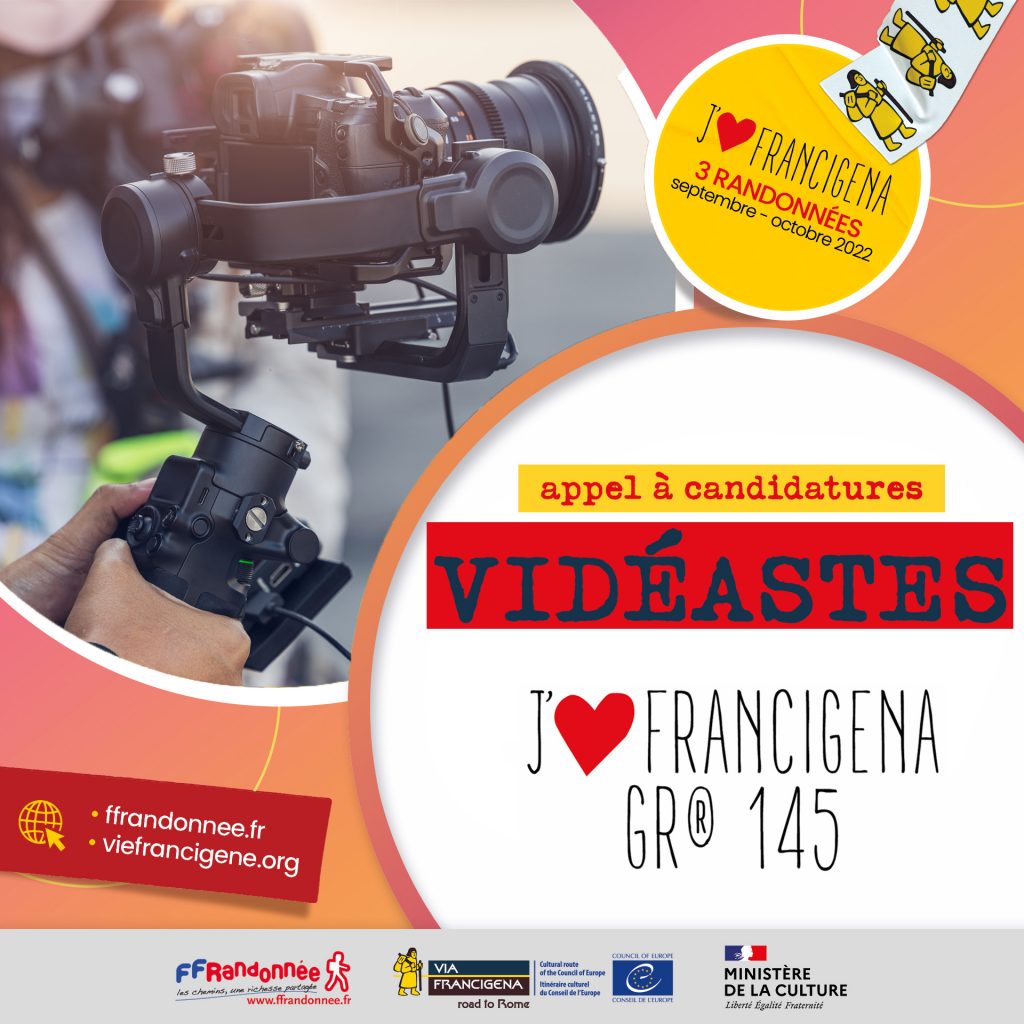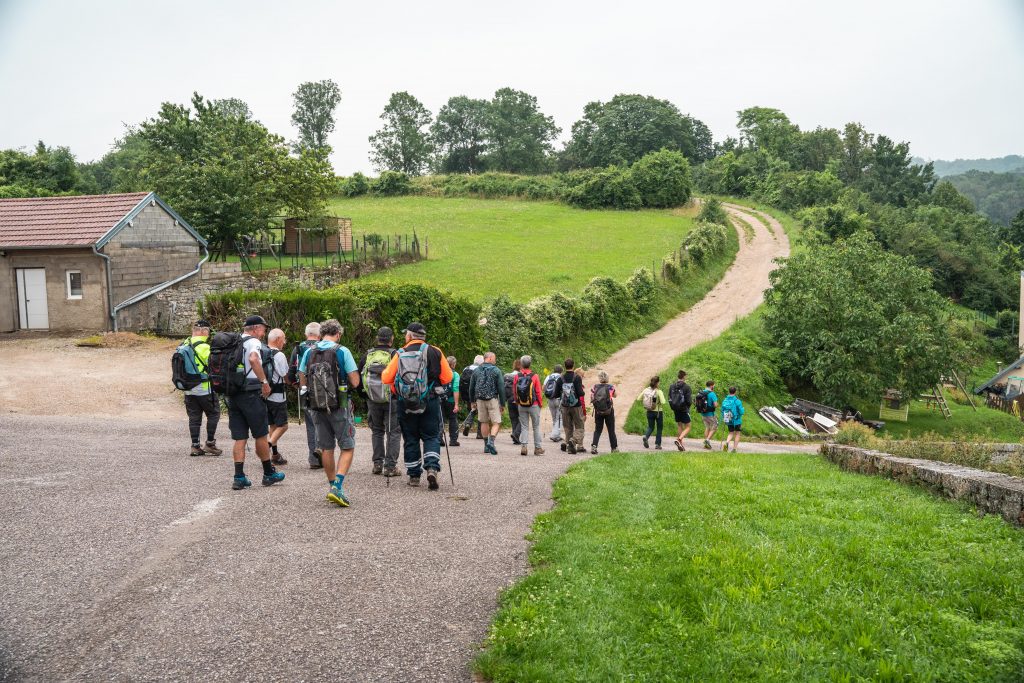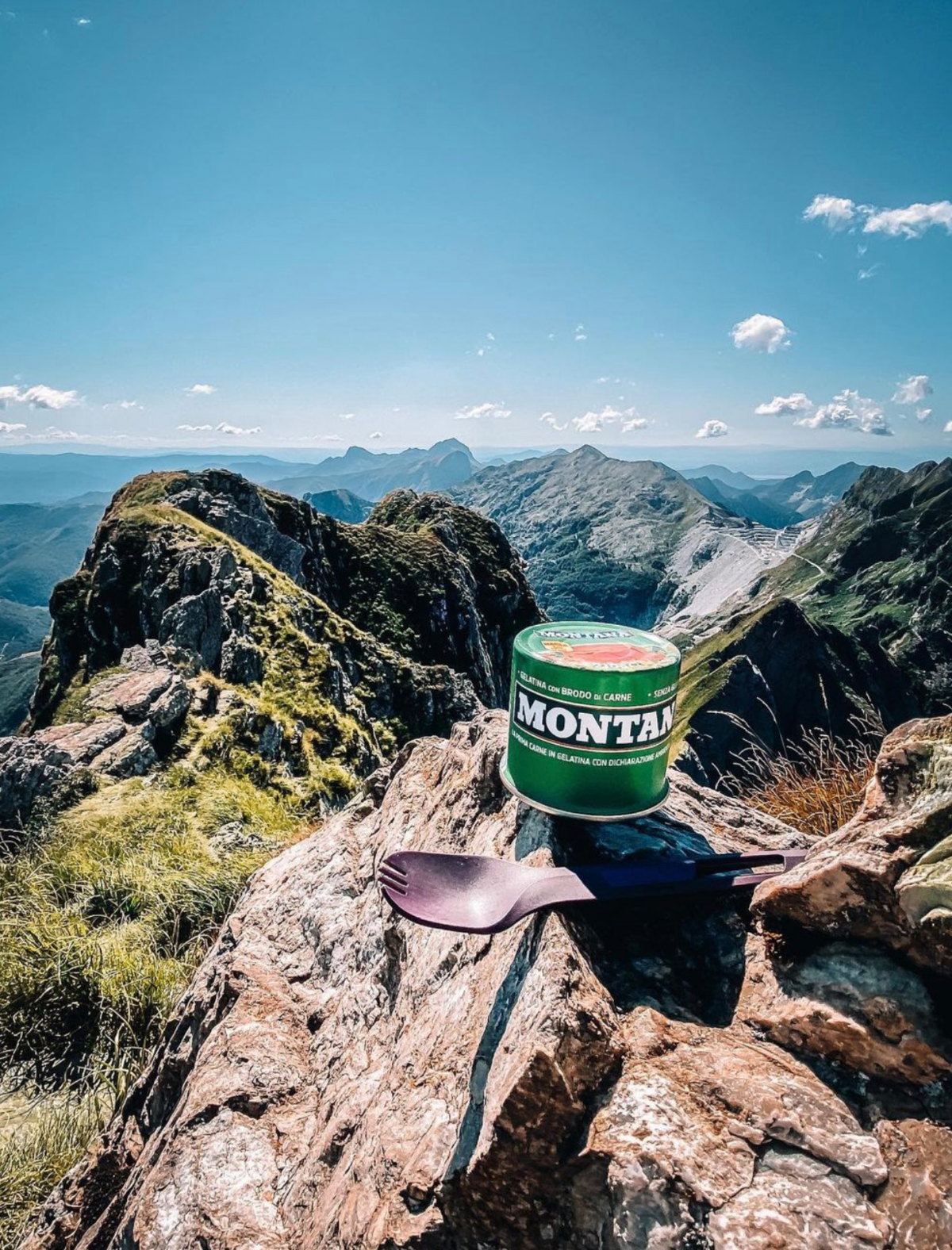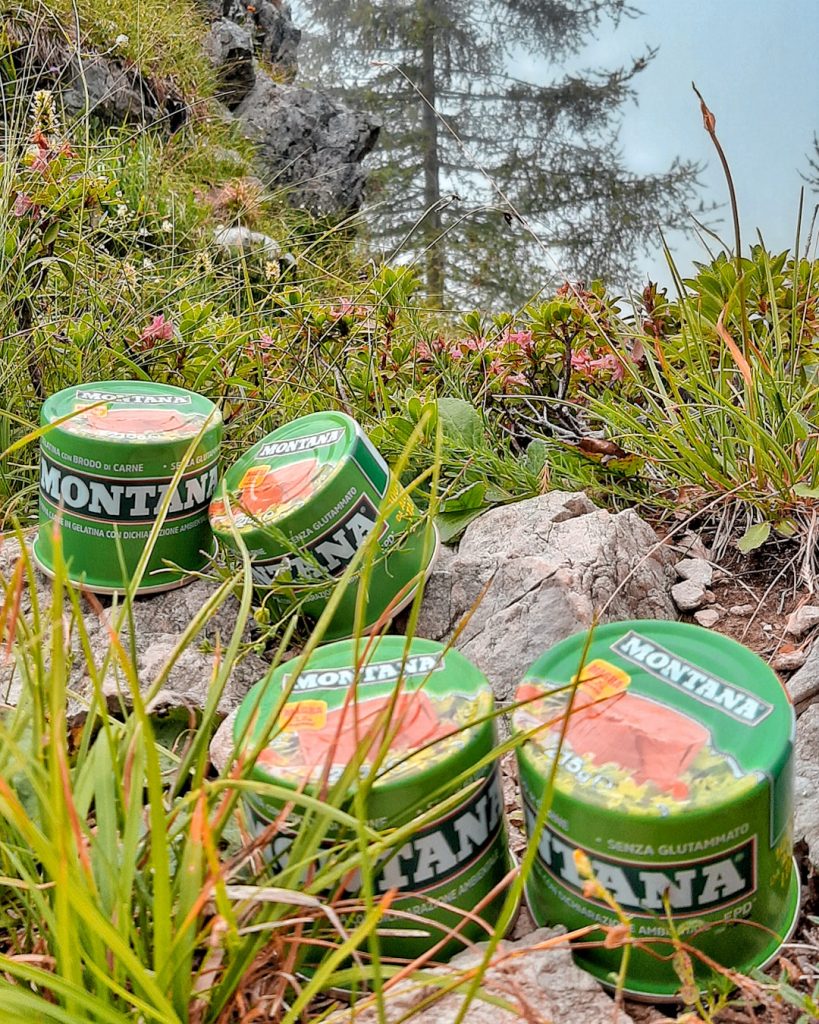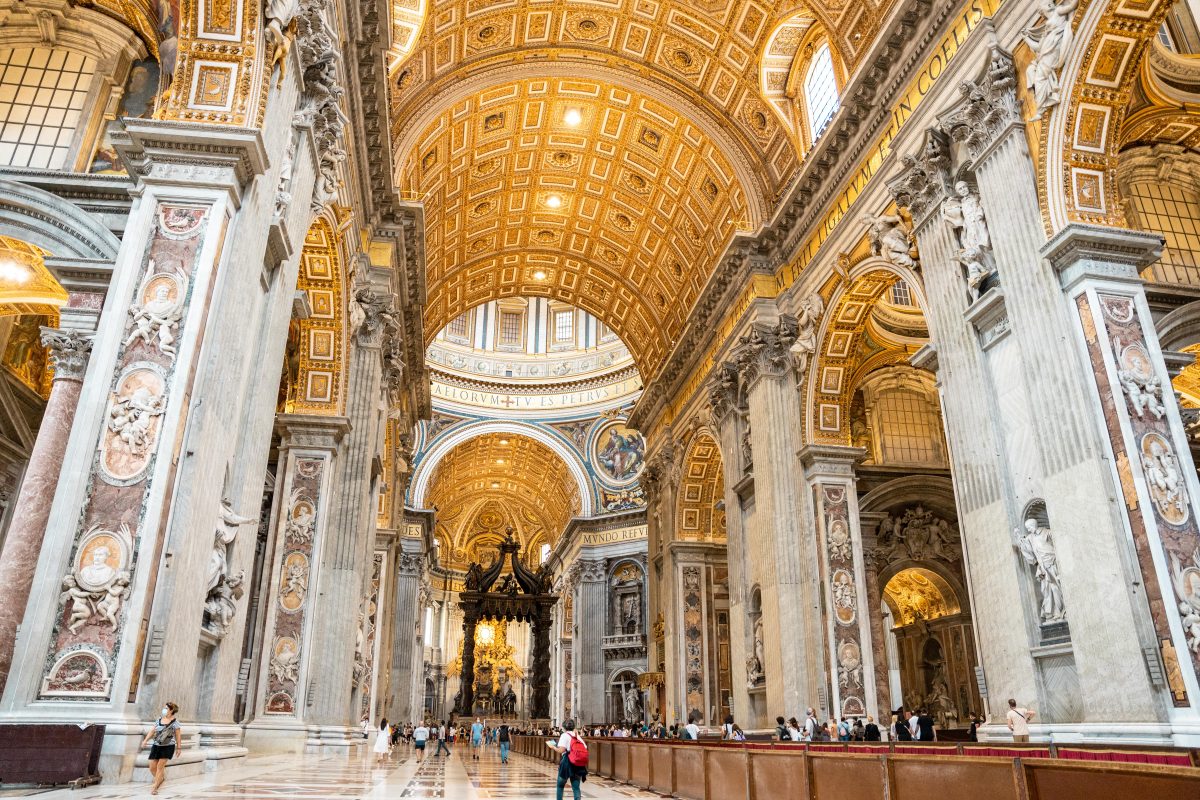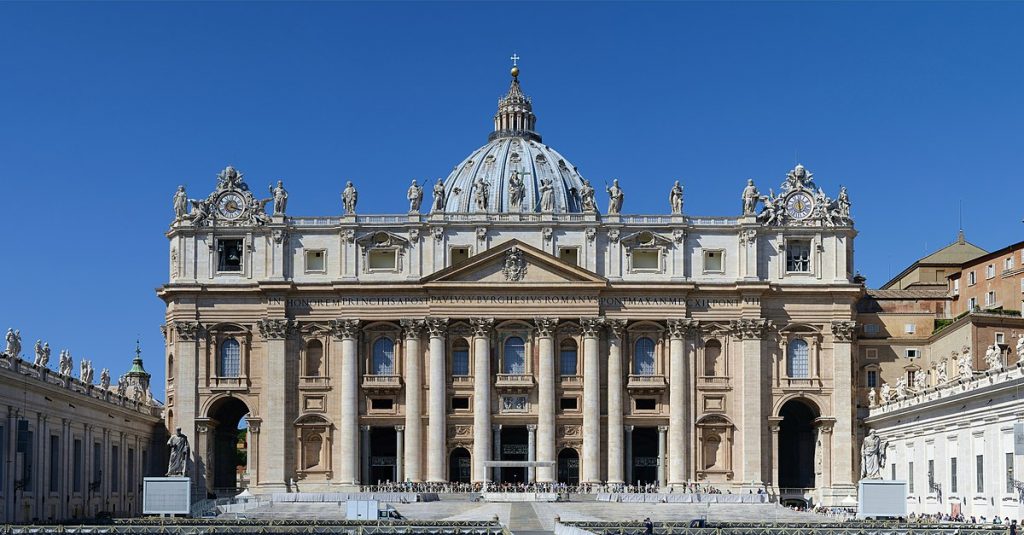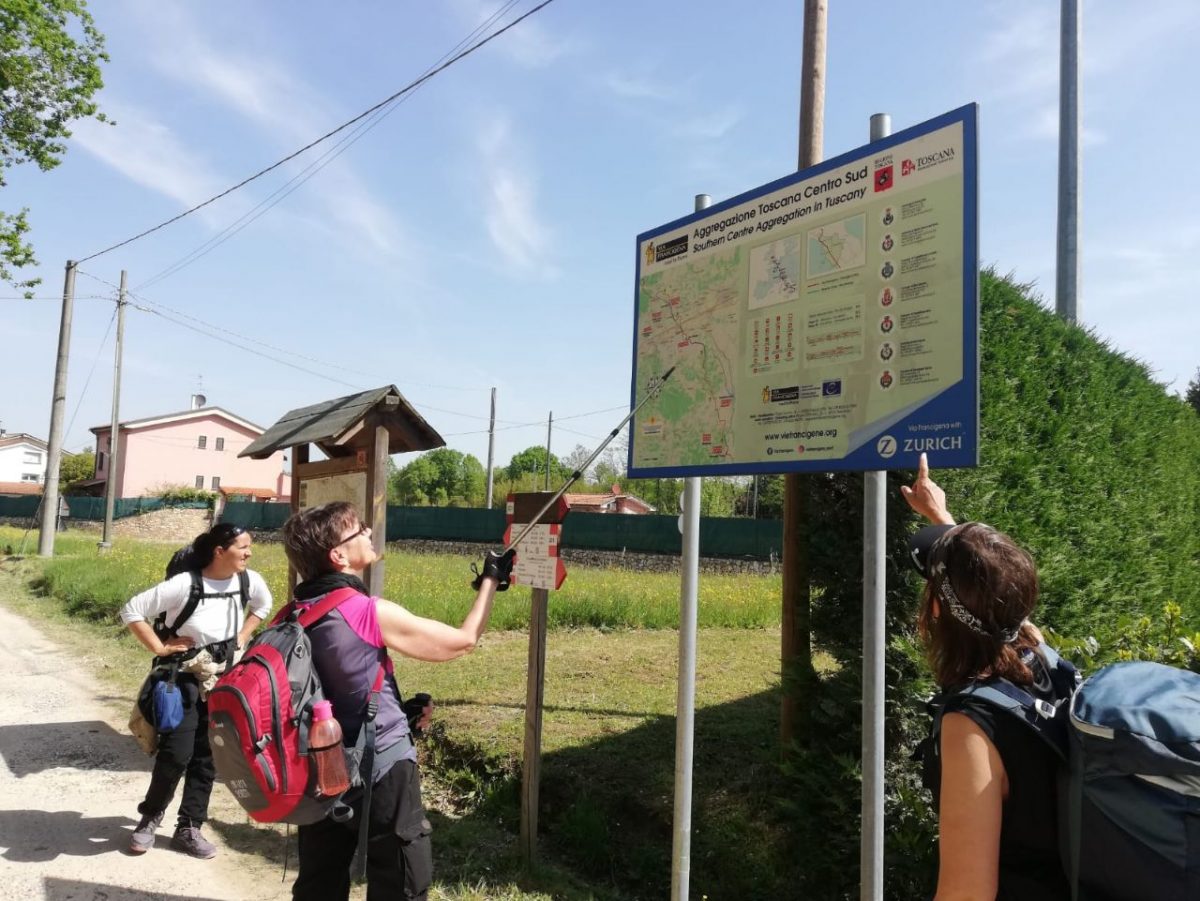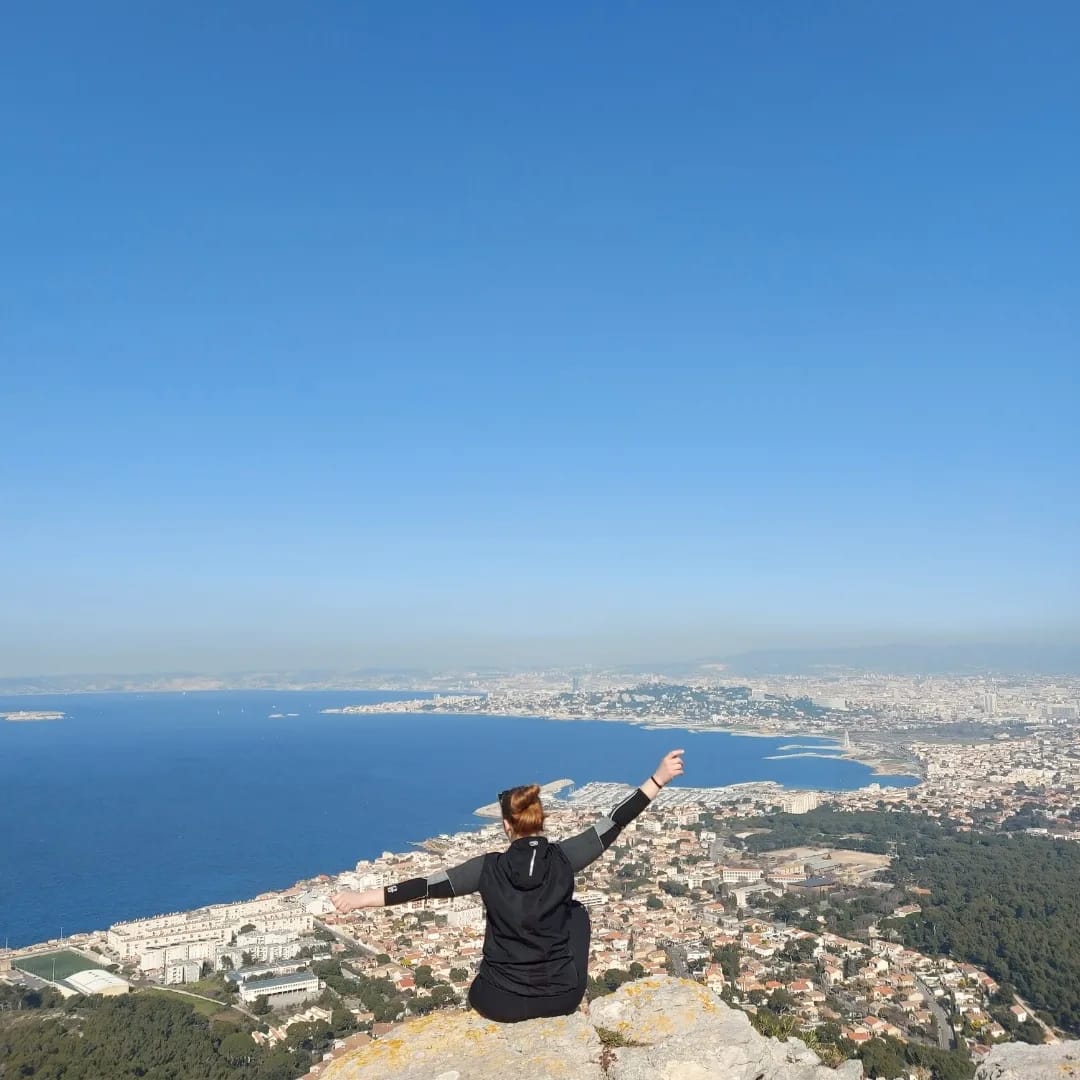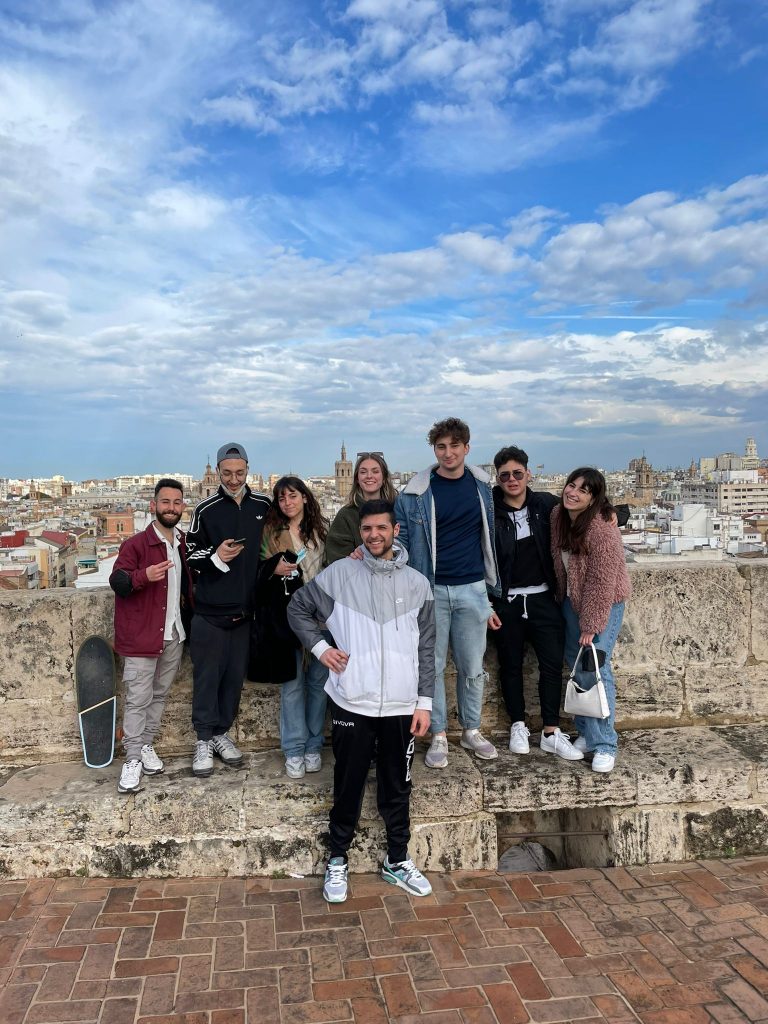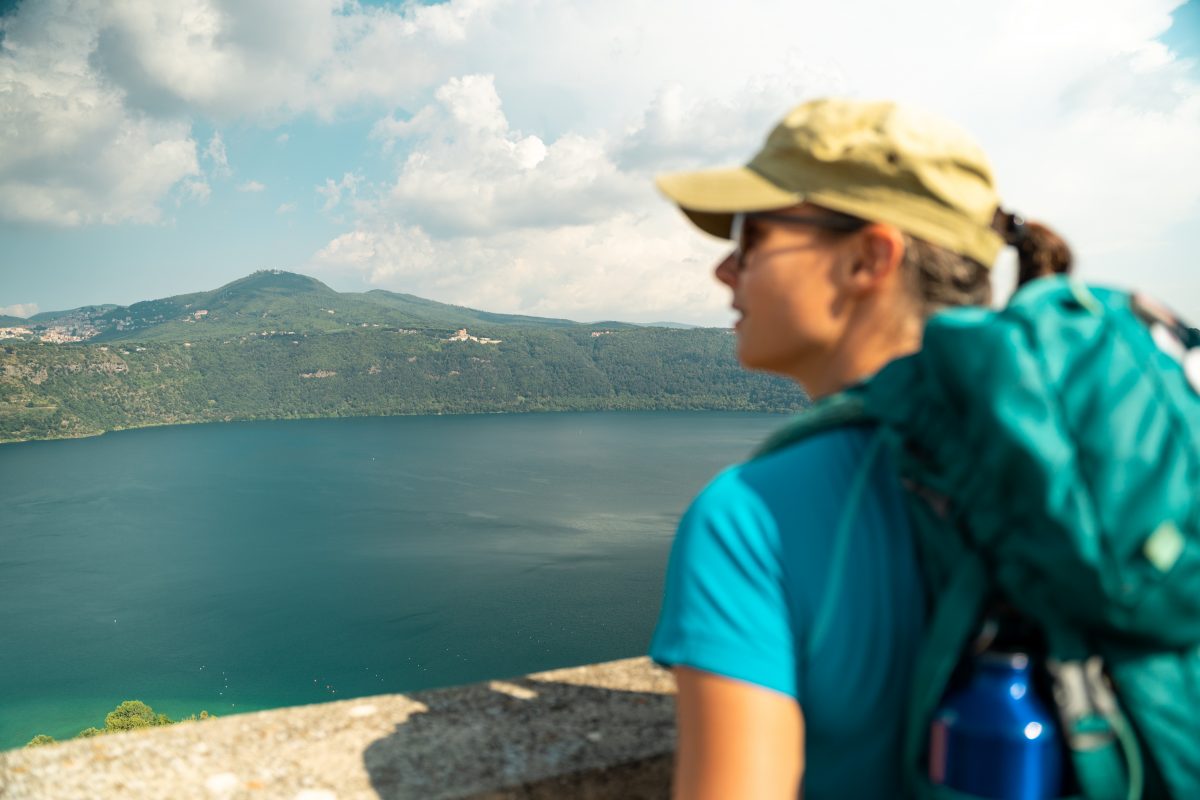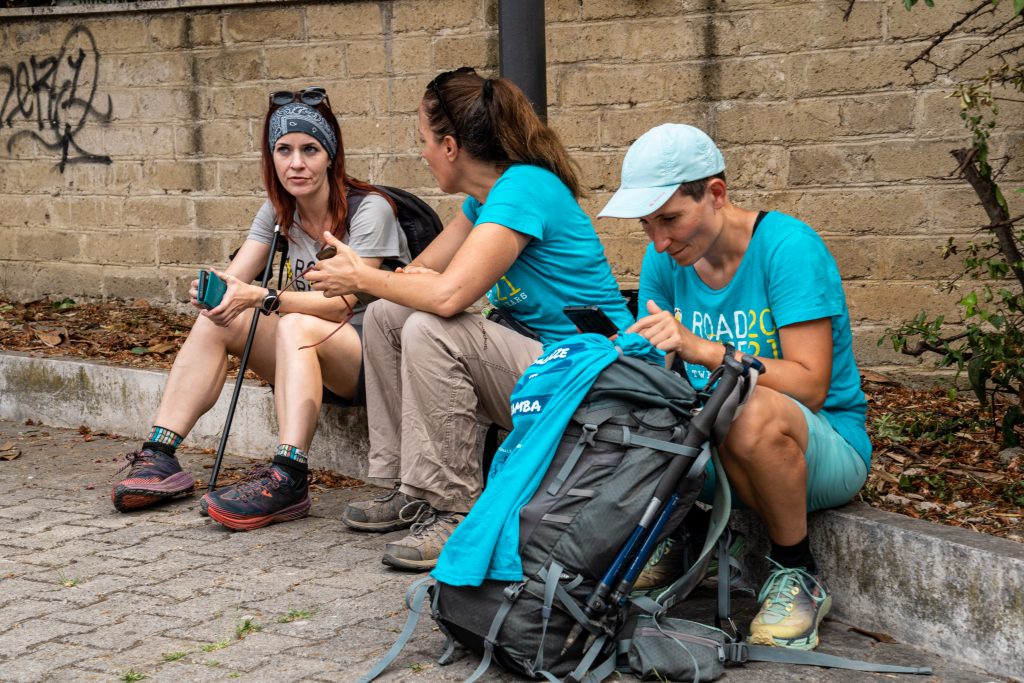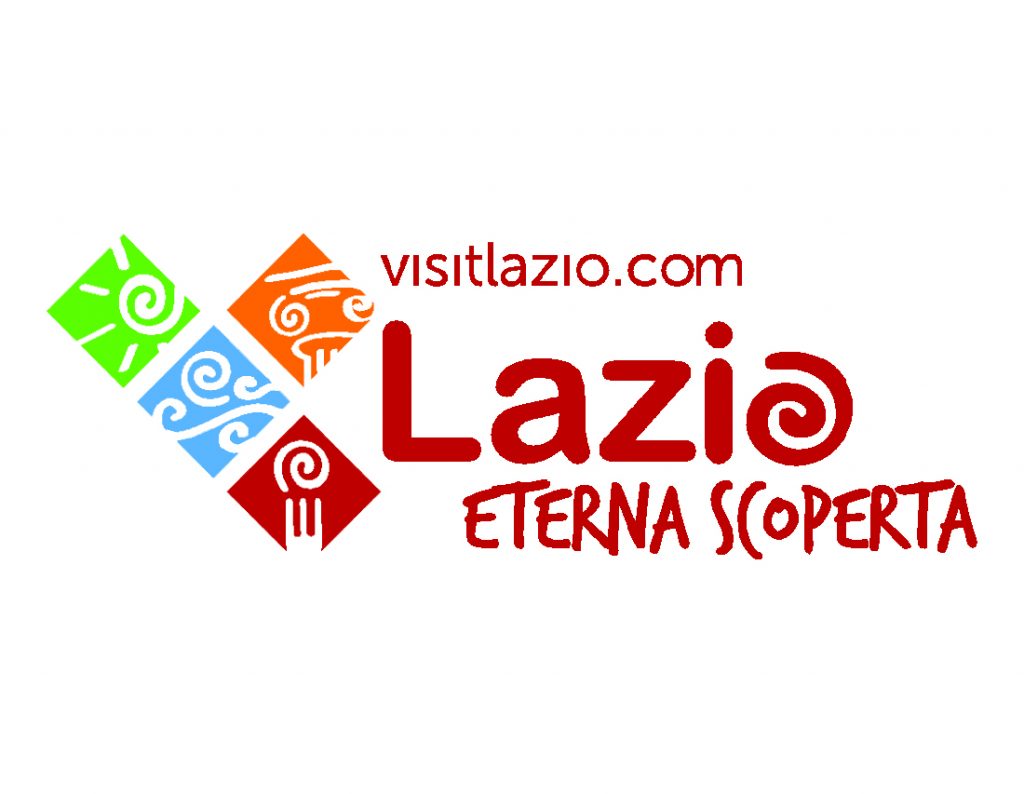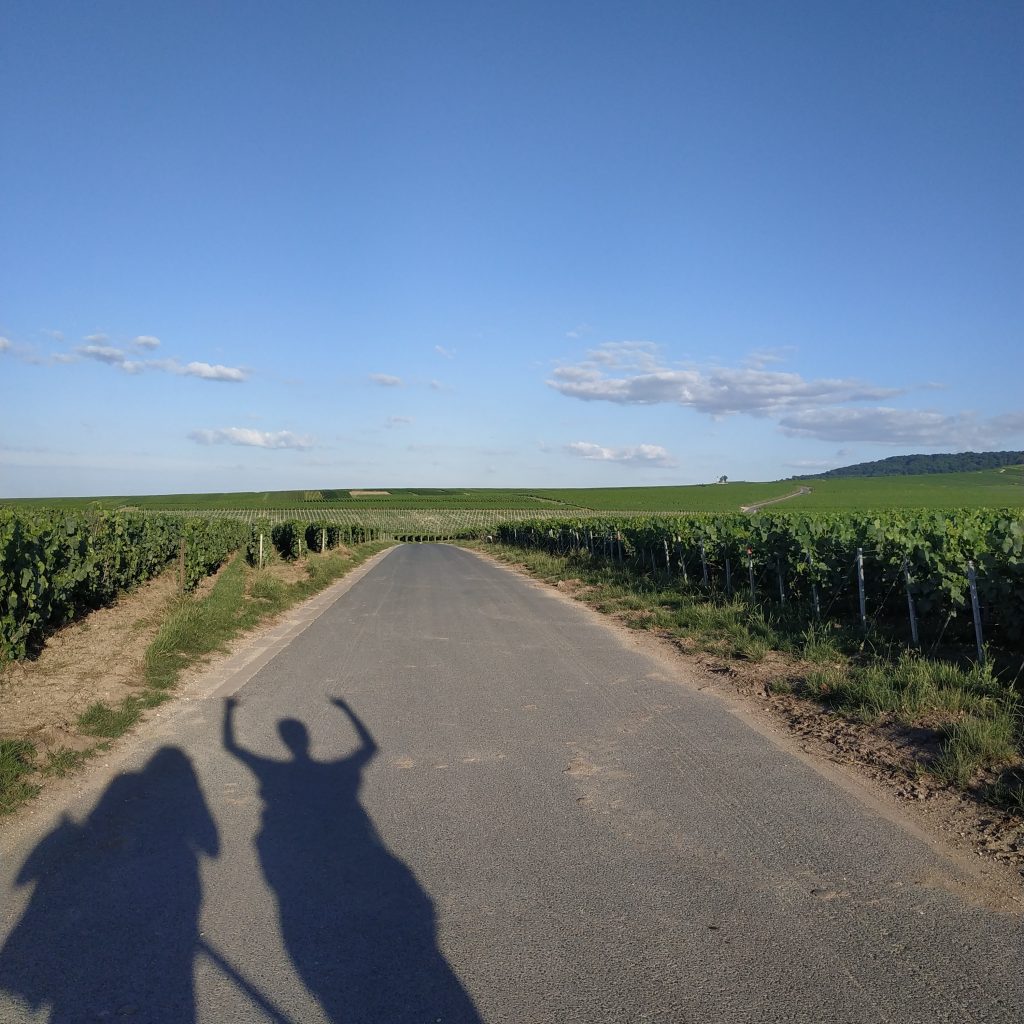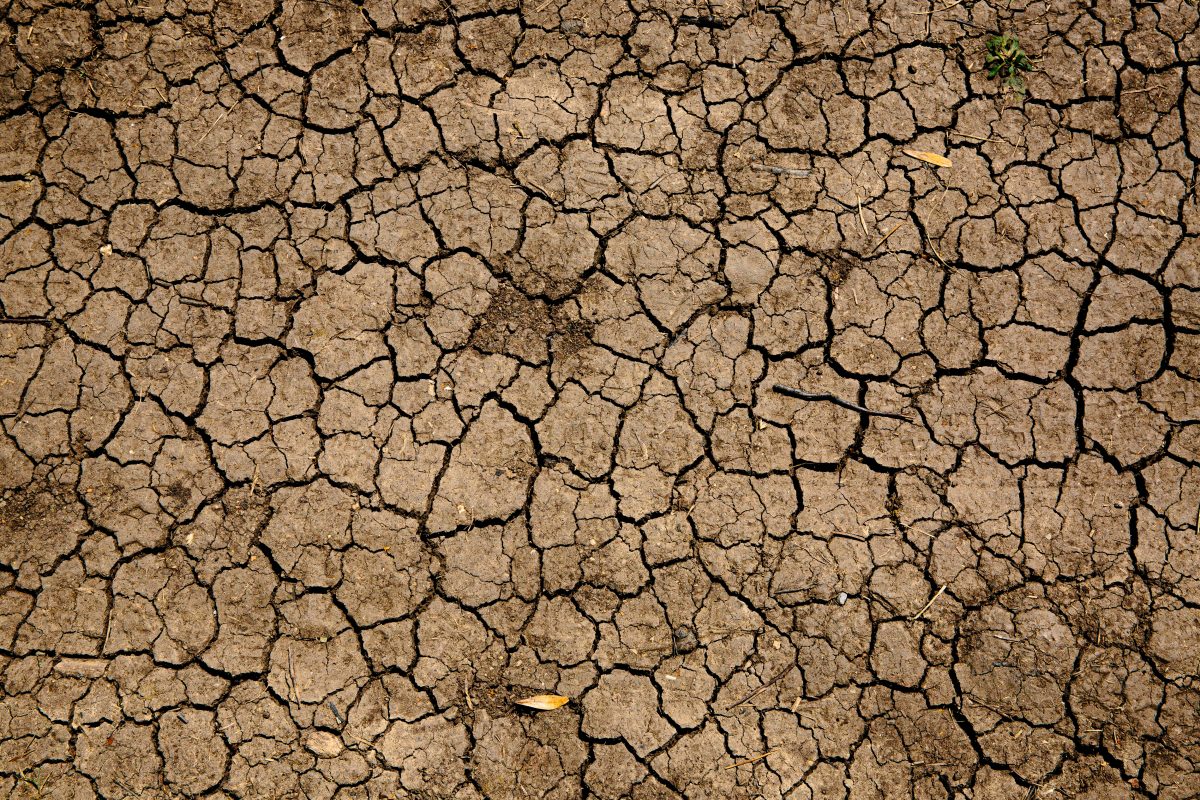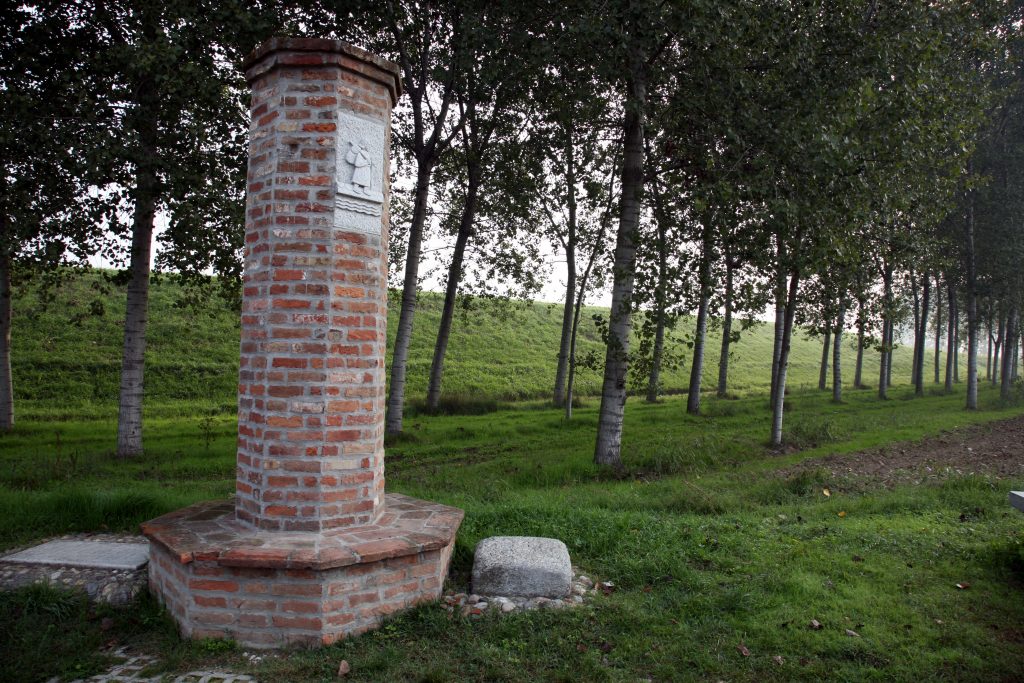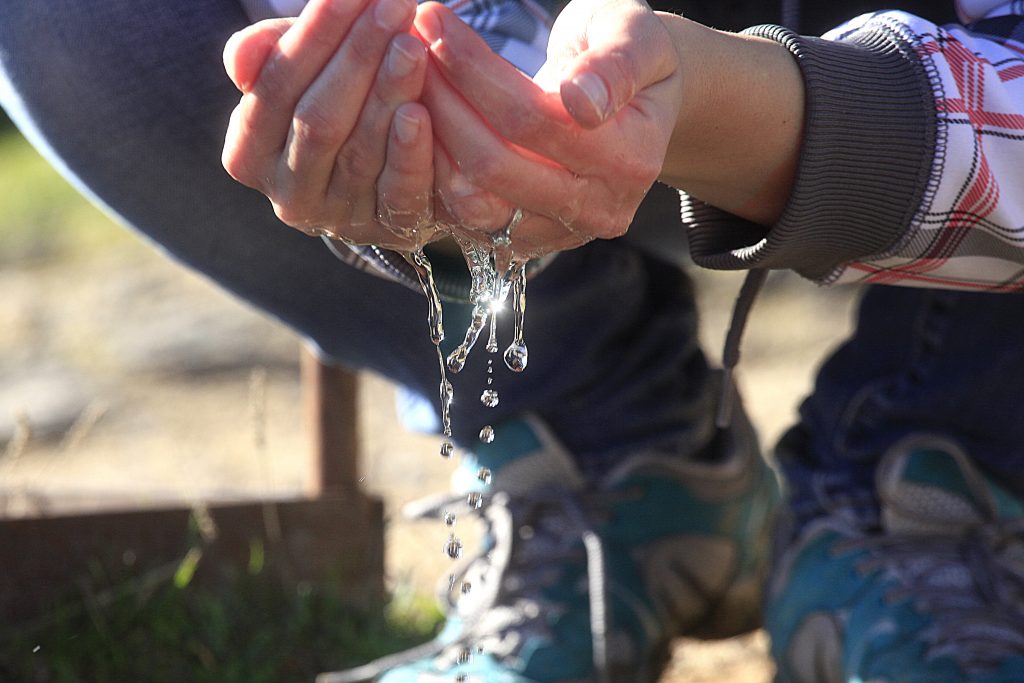Coop has always supported healthy and sustainable lifestyles, and in this post-Covid19 relaunch year it chooses to be a truly active promoter of outdoor physical activity and slow tourism. With these objectives in mind, Coop organised a series of walks free of charge, suitable to all and open to the public at the beginning of summer, and offers 7 more hikes during October 2022!
In particular, Coop approached Francigena Service S.r.l. as its organising partner and as technical-logistical creator of the events along the Via Francigena route. Starting on 1 October 2022, we will be holding a total of seven walks with free participation along the Italian Via Francigena, with the format of the well-known ‘I Love Francigena‘ events. The next tours will cover the regions Piedmont, Lombardy, Liguria and Emilia-Romagna and will require registration (free of charge) at least 5 days before the hike.
Do you want to participate? Discover the stages, register and join us for the stage you prefer!
◆ HERE IS THE CALENDAR OF OCTOBER’S HIKES ◆
Saturday 1 October – Lombardy, from Villanova d’Ardenghi to Pavia: sign up here or visit Coop’s website.
Saturday 1st October – Piedmont, from Palazzo Canavese to Viverone: sign up here or visit Coop’s website.
Sunday 2 October – Piedmont / Lombardy, from Vercelli to Palestro: sign up here or visit Coop’s website.
Sunday 2 October – Liguria, from Castelnuovo Magra to Sarzana: sign up here or visit Coop’s website.
Saturday 22 October – Emilia-Romagna, from Cassio to Berceto: sign up here or visit Coop’s website.
Saturday 22 October – Piedmont, from Borgofranco d’Ivrea to Ivrea: sign up here or visit Coop’s website.
Sunday 23 October – Emilia-Romagna, from Roveleto di Cadeo to Fiorenzuola d’Arda: sign up here or visit Coop’s website.
Click here for the full list of events organised by Coop
The hikes are organised with the aim of exploring and promoting the cultural, historical and natural heritage as well as the products of local gastronomy along the route of the Via. The itineraries we cover are suitable for everyone and groups will always be accompanied by an experienced environmental and hiking guide.
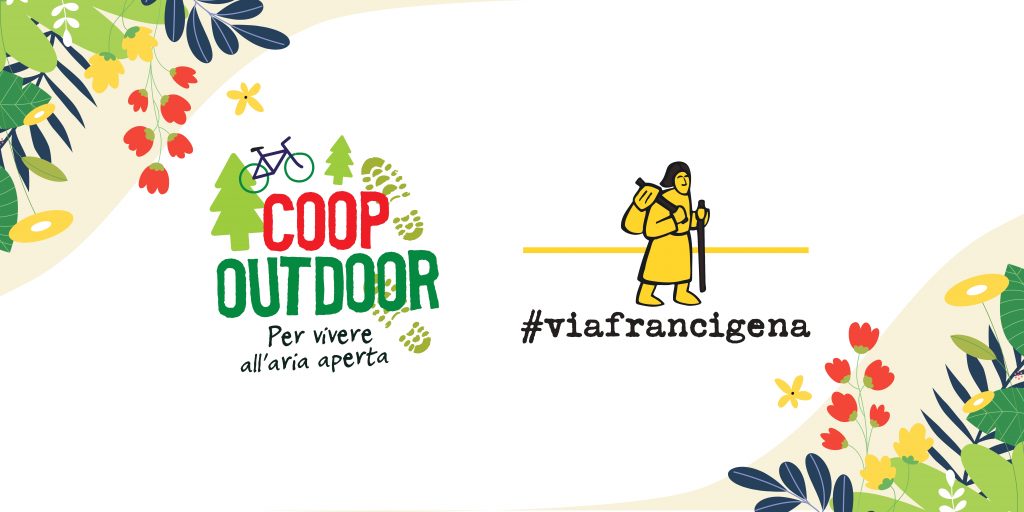
We also walked with Coop Outdoor in June and July 2022!
Here are some of our latest itineraries:
Piedmont: from Palazzo Canavese to Viverone
Emilia-Romagna: from Cassio to Berceto
Liguria: from Ponzano Superiore to Sarzana
Tuscany: from Gambassi Terme to S. Gimignano and from Strove to Monteriggioni
Lazio: from Sutri to Capranica
